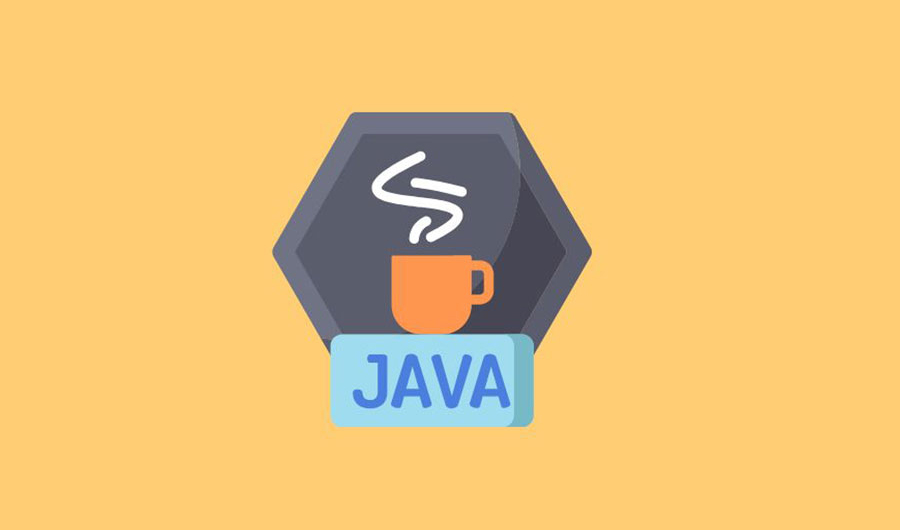
Importance Of Java in Business 2023
Java stands as one of the world’s most favored programming languages, lauded for its platform neutrality, user-friendliness, and ability to operate across diverse platforms such as Financial consultants . The demand for Java in constructing games, web frameworks, and a myriad of other applications spanning various sectors is significant. Its sleek user interface and customer convenience make it an appealing choice for many businesses. Nevertheless, nurturing an in-house Java development team can be costly, time-consuming, and may not always yield the desired results. This is where engaging top Java in business becomes crucial.
Within this piece, we will delve into the realm of Java programming, unveiling five economical benefits associated with engaging a Java development agency for your enterprise. From specialized expertise to swift, high-quality output, there are numerous reasons to bring a Java development firm on board.
Java in Business: Its Importance and Popularity
Back in the mid-1990s, Sun Microsystems introduced the Java programming language, later acquired by Oracle Corporation, the current custodian of the Java platform. Today, Java reigns as the world’s most widely used programming language.
Java’s acclaim is multifaceted. It is renowned for its simplicity, portability, and robust security features, rendering it an impeccable choice in the tech industry. This versatile language finds application in web and mobile app development, game creation, desktop software, and more. Its portability allows developers to write code once and run it anywhere, a hallmark of its efficiency.
Java’s prominence is further amplified by the plethora of development tools and libraries at its disposal. A multitude of Java Development Kits (JDKs) offer a wide array of tools and frameworks. In 2020, Oracle’s JDK held a 75% market share; today, Amazon occupies the top spot. Additionally, Java’s Application Programming Interface (API) comprises pre-built libraries and functions that developers can readily incorporate into their projects, negating the need for coding from scratch.
For novices, the extensive Java landscape can be overwhelming. Fortunately, a thriving community of developers and users, online communities, forums, and open-source libraries offer a wealth of knowledge, addressing issues, fostering skill development, and keeping developers abreast of the latest Java trends.
In summary, Java’s advanced technology layers, seamless interface, simplicity, and security render it indispensable across diverse industries.
Java Development: Unpacking Java API and Java Virtual Machines (JVM)
Java development involves writing code and crafting applications using the Java programming language. As an object-oriented language facilitating platform independence, Java code can run on diverse platforms, from personal computers to servers. Various Integrated Development Environments (IDEs) are available for Java development, including popular choices like Eclipse and NetBeans.
To create Java-based software applications, developers rely on specific building blocks. The Java API (Application Programming Interface) plays a pivotal role by providing a collection of software components and tools, expediting code creation while minimizing errors. Multiple frameworks, libraries, and development tools within the Java API assist in software application development.
Upon completing the development phase, Java applications are executed using a Java Virtual Machine (JVM), a runtime environment that translates Java bytecode into machine language. This enables the application to run seamlessly across different operating systems and hardware. Statistics from Oracle indicate the presence of 45 billion active Java Virtual Machines.
The convergence of these three elements positions Java as an exceptionally versatile programming language, maintaining its standing among developers.
Understanding the Java Development Process and Lifecycle
Creating Java-based software applications necessitates a comprehensive grasp of the development process and lifecycle. The Java development process commences with requirement analysis, followed by design, implementation, testing, deployment, and maintenance. This preliminary step is of paramount importance for developers, guiding them in crafting dependable and efficient Java applications.
Requirement analysis entails close collaboration with clients and stakeholders, gaining insights into their objectives, the scope of the project, and the desired features. This initial phase lays the groundwork for the entire development process, charting the course for application development.
Designing follows requirement analysis, entailing the creation of a blueprint for the application. This blueprint encompasses core functionalities, architecture, technology stack, user experience (UX), and data models. Collaborating with stakeholders during this phase ensures alignment with the project’s vision.
The subsequent step involves coding and integrating various application components. This phase is where developers invest substantial time in constructing a prototype, necessitating Java programming expertise and leveraging frameworks and technologies.
After completing the development phase, developers transition to application testing. The Quality Assurance (Q/A) team conducts diverse testing types, including manual testing, automated testing, and regression testing, to ensure the product aligns with client requirements and meets quality standards.
Upon client approval, the deployment phase unfolds, making the application accessible to users. This involves server and database configuration, as well as networking setup.
The final phase of the Java development lifecycle is maintenance, encompassing continuous monitoring and upkeep to ensure optimal performance. Typically, this phase incorporates updates, bug fixes, and performance enhancements.
Java Editions For Businesses: Java SE, EE, ME, FX
As per the July 2023 TIOBE Programming Community index, Java ranks fourth among the most adopted programming languages. Its adaptability to diverse services has led to the creation of multiple Java editions, each tailored to distinct needs. Common editions include Java SE, Java EE, Java ME, and Java FX. Let’s delve into each edition briefly.
Java SE (Standard Edition): Java SE serves as the foundational version, employed in developing desktop applications like games and basic utilities. It encompasses tools and libraries for creating straightforward applications.
Java EE (Enterprise Edition): Java EE targets enterprise application development, removing complexity barriers and enabling the creation of robust applications. It is applied in scenarios such as e-commerce websites and enterprise resource planning systems.
Java ME (Micro Edition): Java ME is a prominent edition used for crafting mobile applications and embedded systems. This edition offers a subset of Java SE libraries optimized for resource-constrained environments, such as smart devices and phones.






